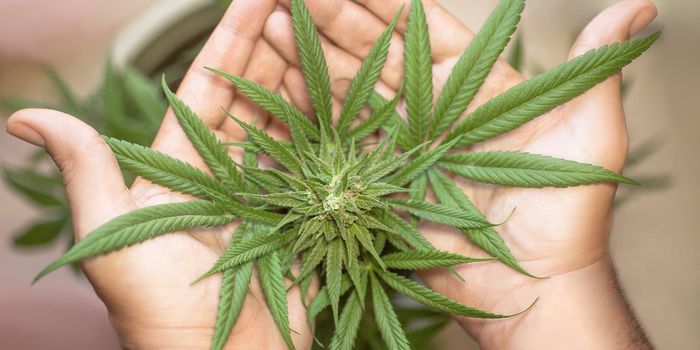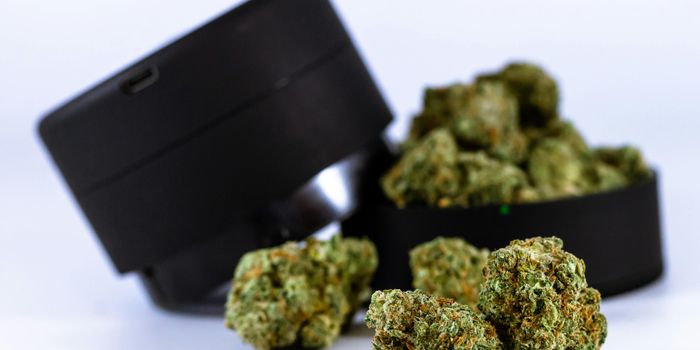Advanced Analytical Technology for Medical Cannabis Chemotype Production
Researchers in the University of the Basque Country’s Department of Analytical Chemistry have developed a noninvasive methodology for classifying cannabis chemotypes in different strains. This advancement will contribute to better engineering of different cultivars during the medical cannabis plant cultivation process. The study published in Computers and Electronics in Agriculture highlights how this technological approach can enhance cultivation practices and compliance.
The researchers used hyperspectral imaging and machine learning to facilitate the classification of cannabis chemotypes. This advanced analytical technology, which provides quick and accurate results, ensures the precision of the classification process. Cannabis plants can be classified as chemotype I, II, or III depending on the concentration of the two most prominent cannabinoids known as tetrahydrocannabinol (THC) and Cannabidiol (CBD). Study author Markel San Nicolas explained how this technology works: “The techniques currently used to analyze cannabis plants are very accurate, but they are much slower processes. “The samples require pre-treatment: they are dried, extracted, and then analyzed using analytical techniques such as chromatography. In this work, we have shown that the hyperspectral camera allows us to differentiate between plant chemotypes using a much simpler system.” Most current cannabis testing approaches focus on post-harvest lab analysis, so this development allows medical cannabis cultivators to manage crop production more efficiently and accurately.
The study showed that image analysis of 57 different cultivars offered high sensitivity and specificity values in plant classification. Hyperspectral imaging allows for better traceability and quality control of the chemotype. Many countries with medical cannabis programs do not have established regulatory practices, so the study’s findings promise more effective policies and practices related to comprehensive cannabis breeding control. The study’s findings are significant since many medical cannabis products require specific cannabinoid formulations and quality.
Sources: Computers and Electronics in Agriculture, Eureka News Alert, The University of Basque Country Magazine








